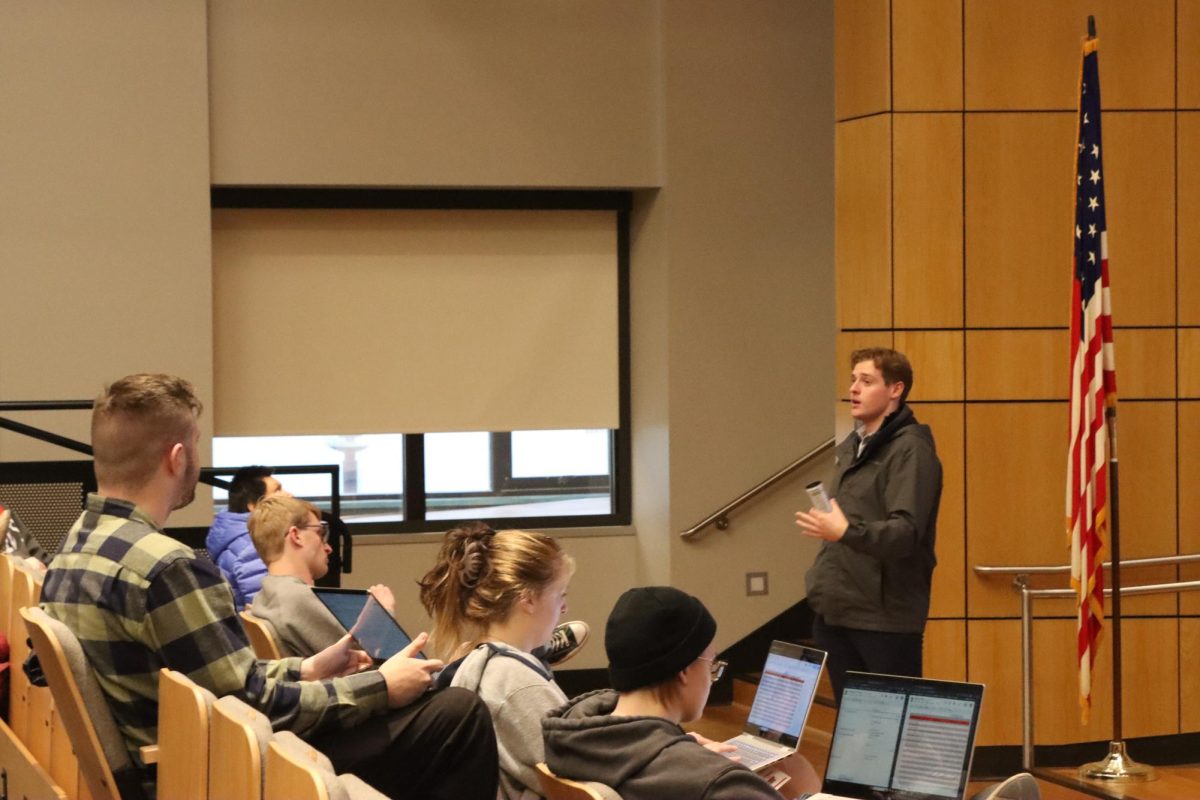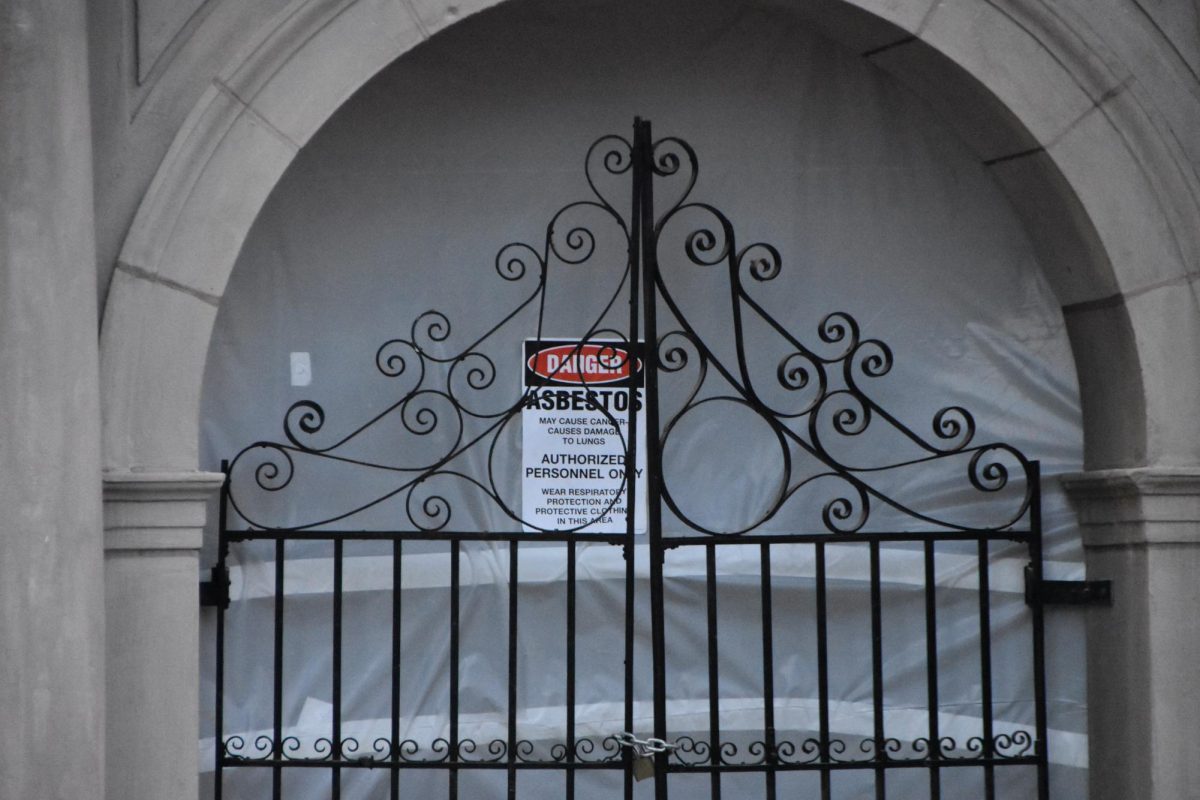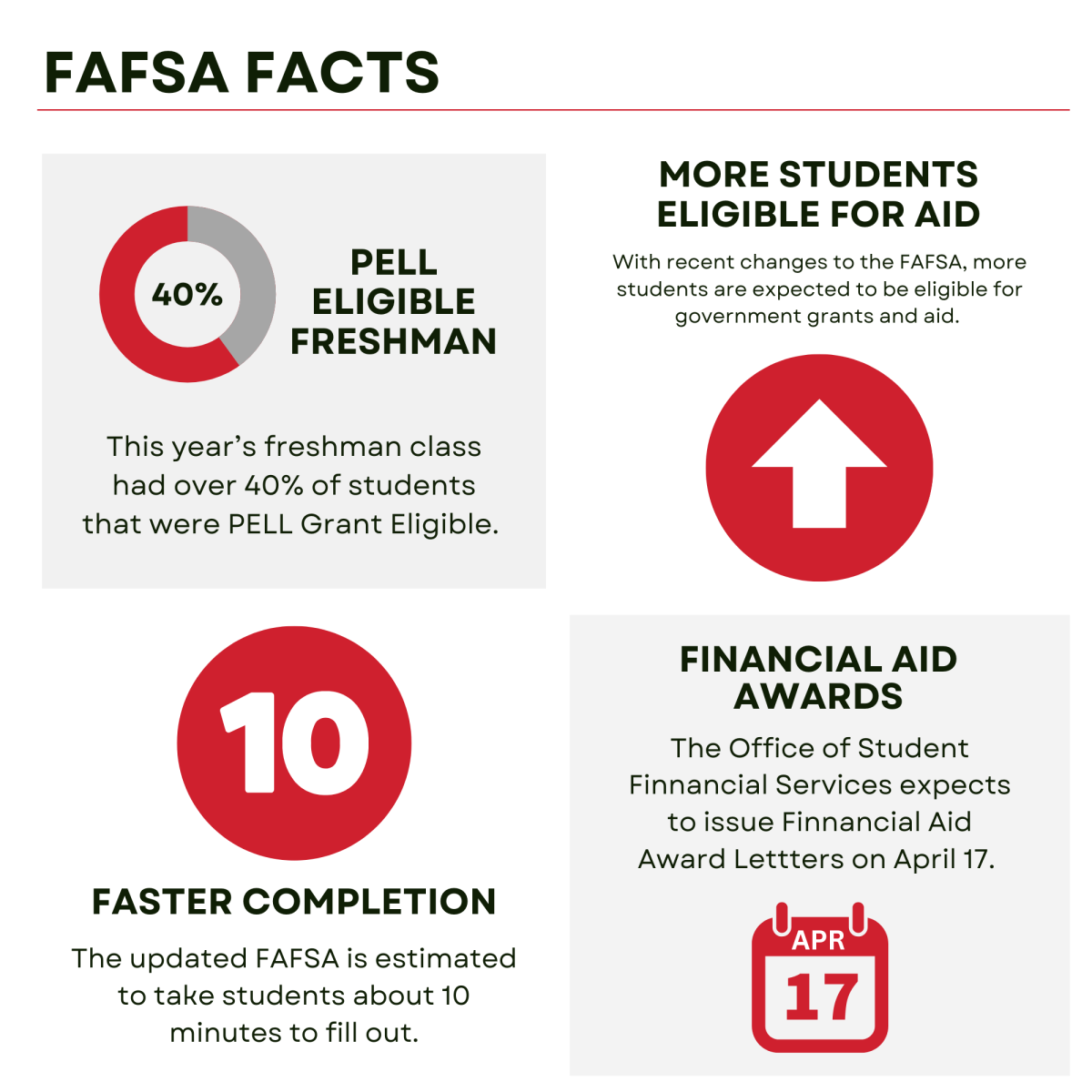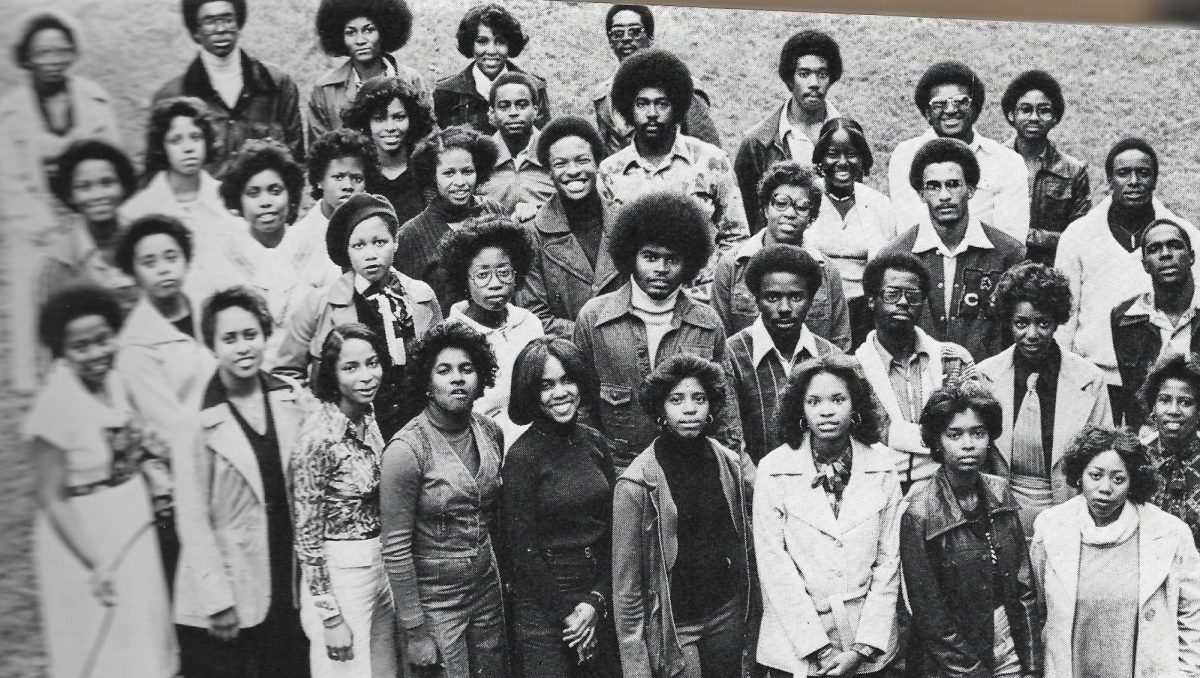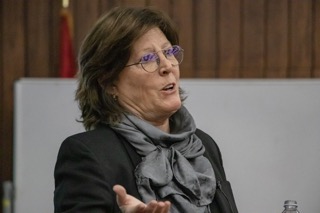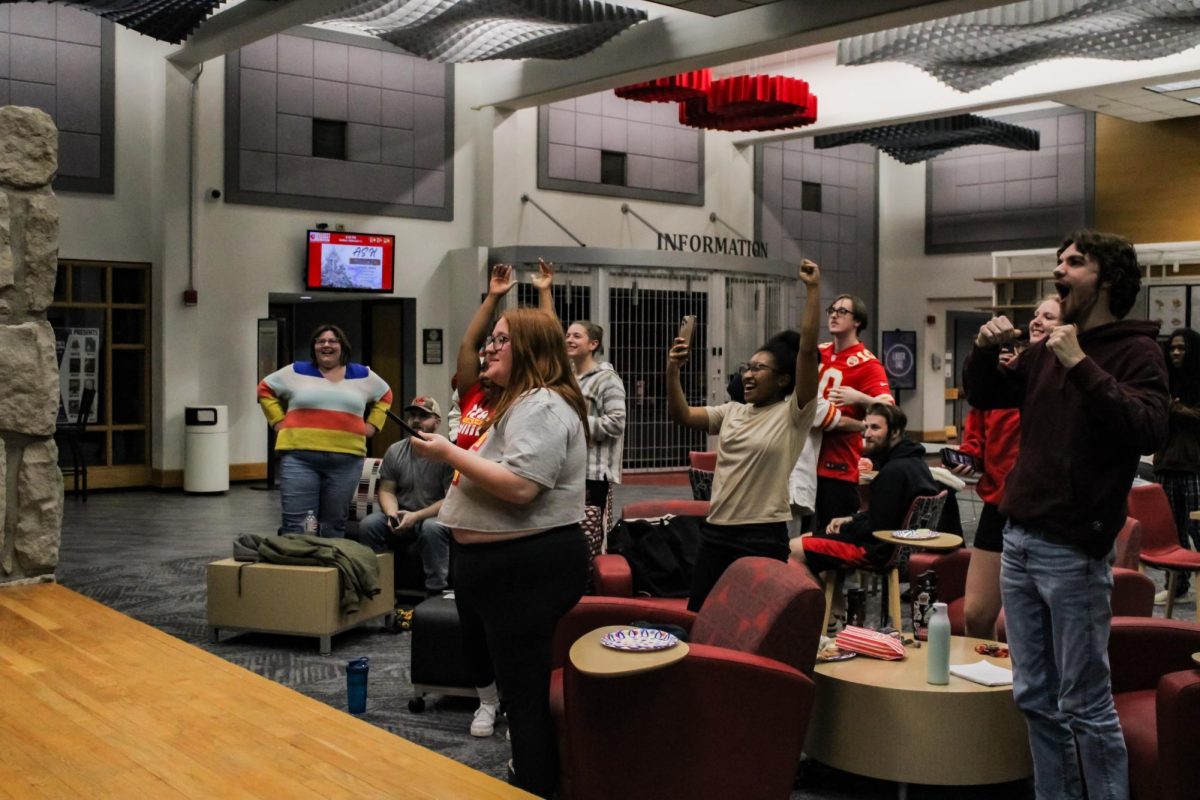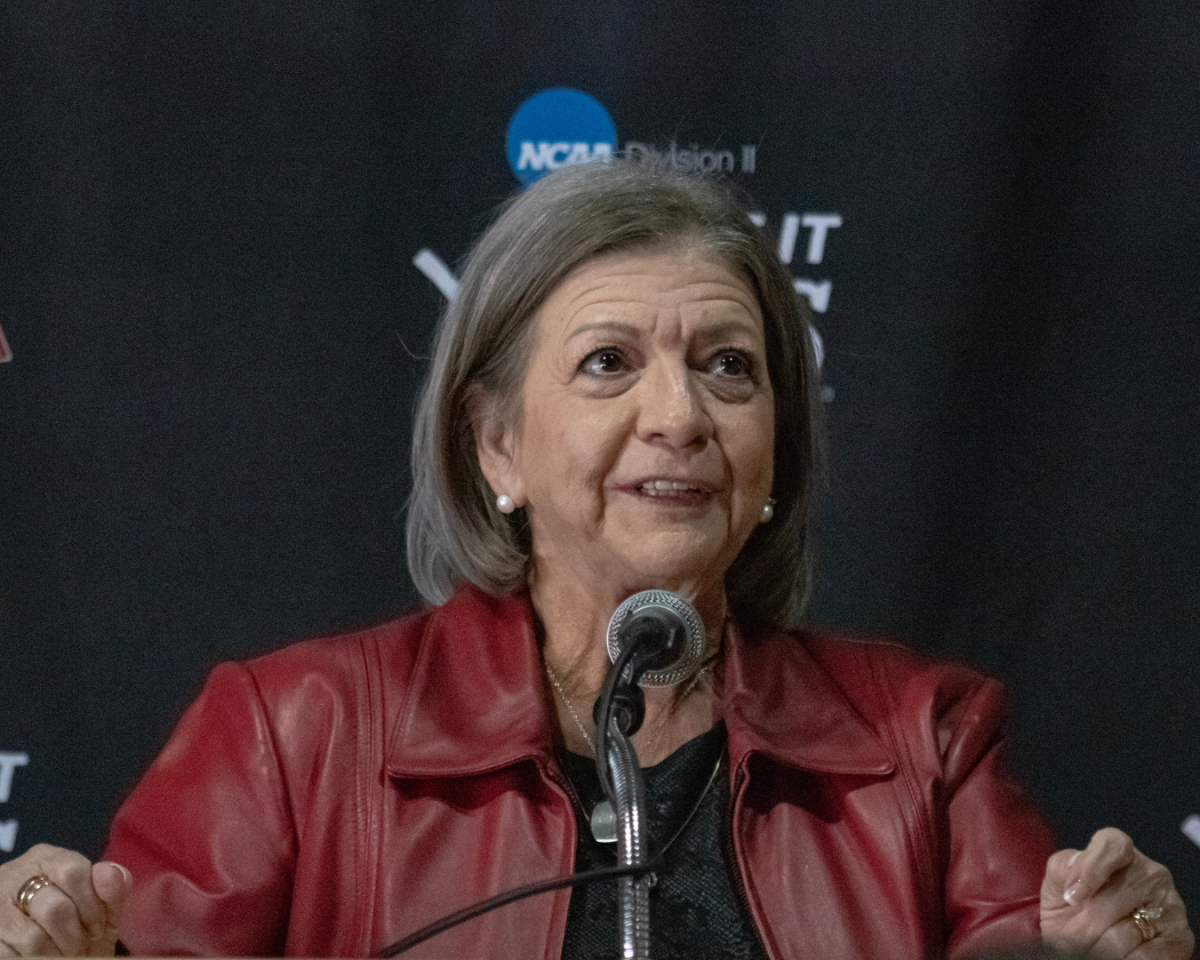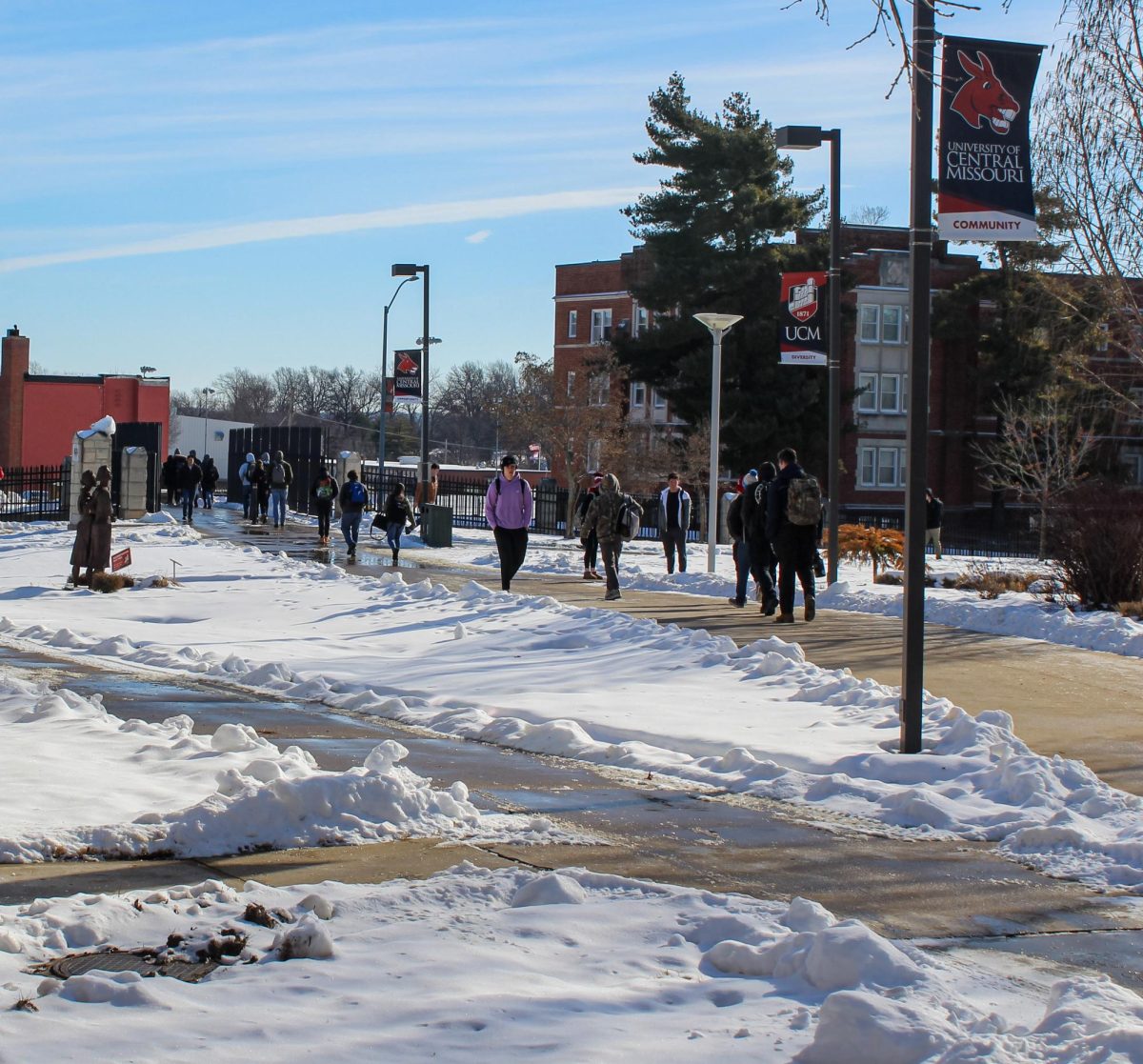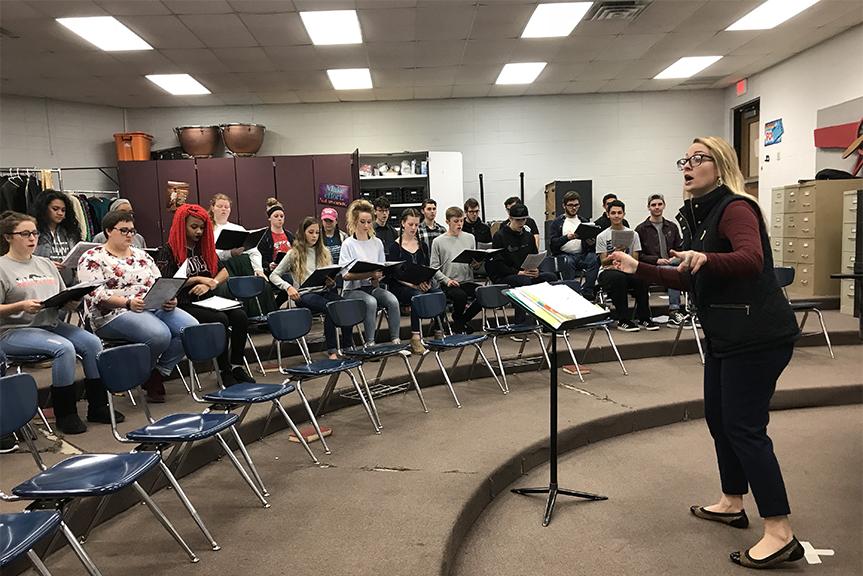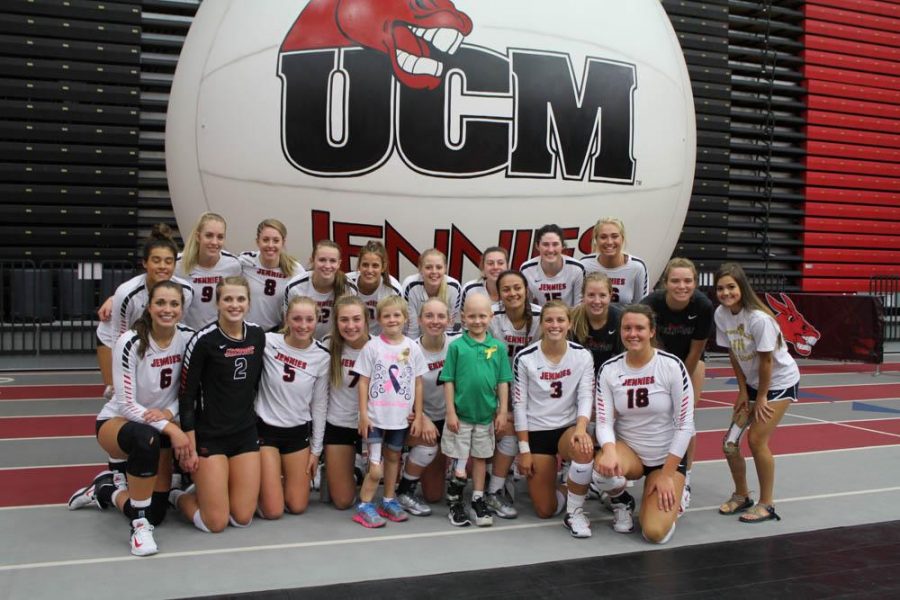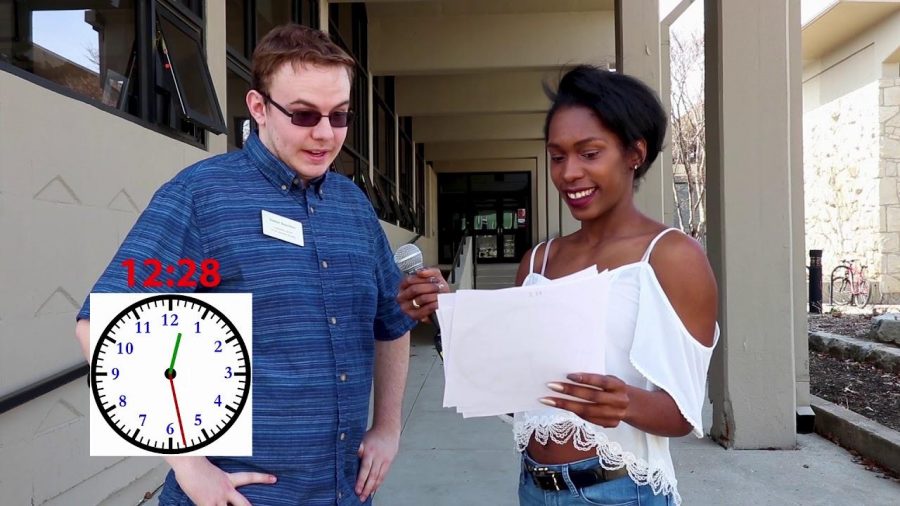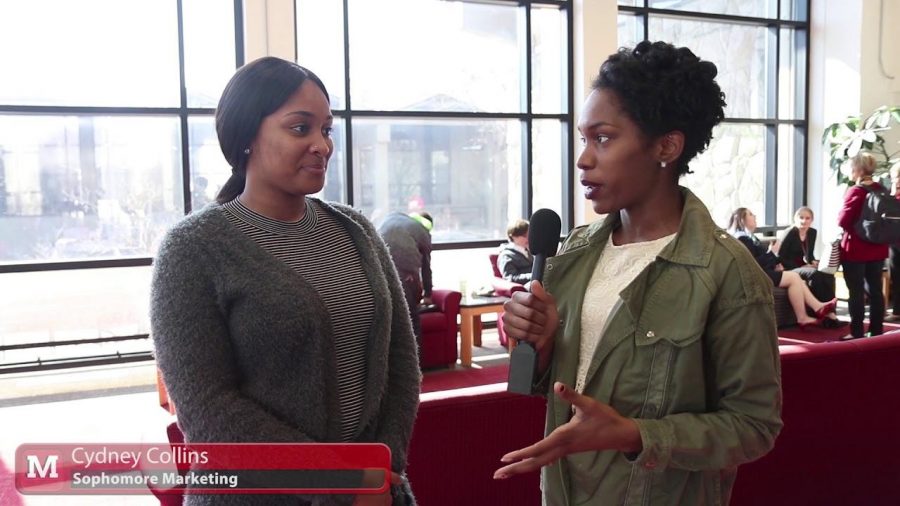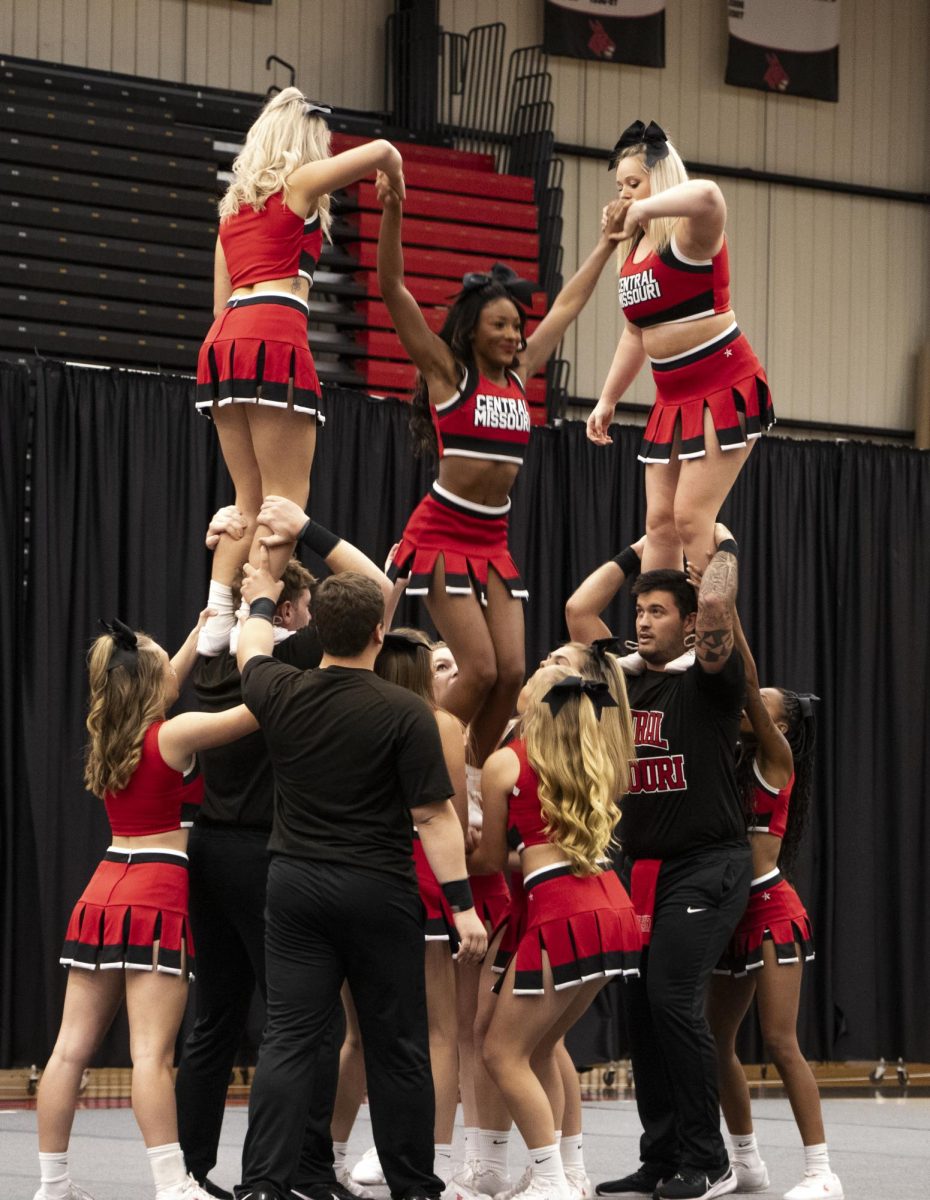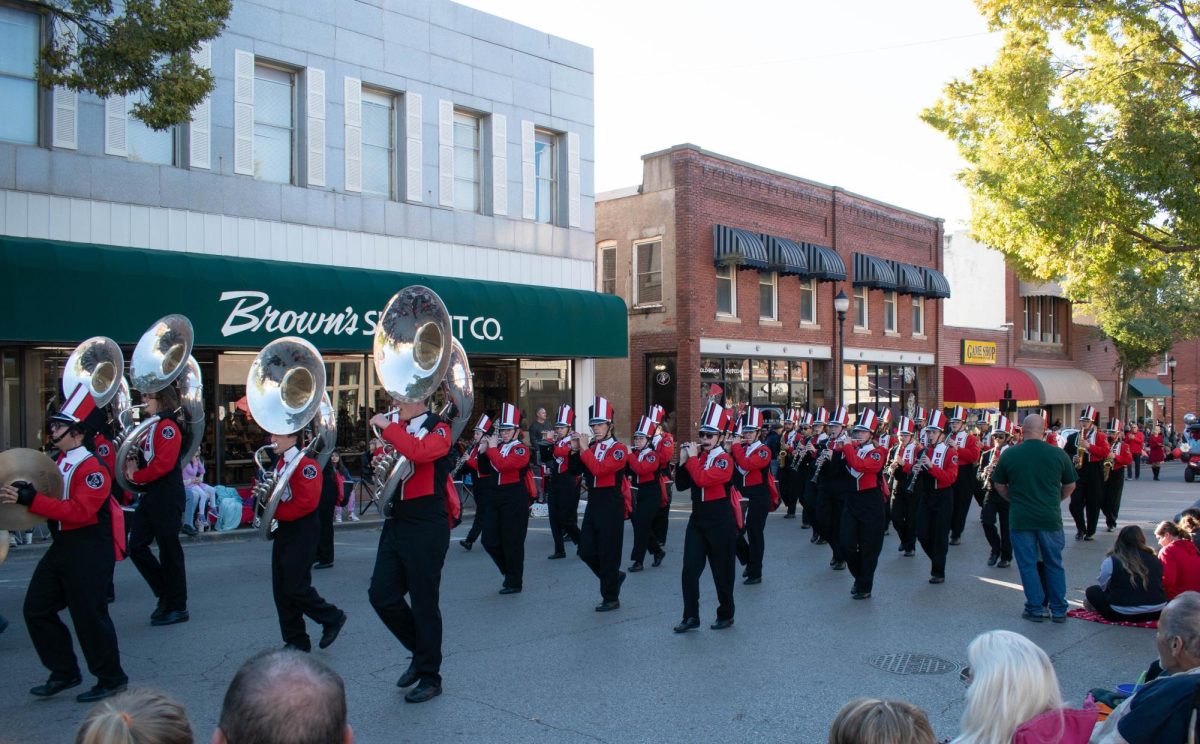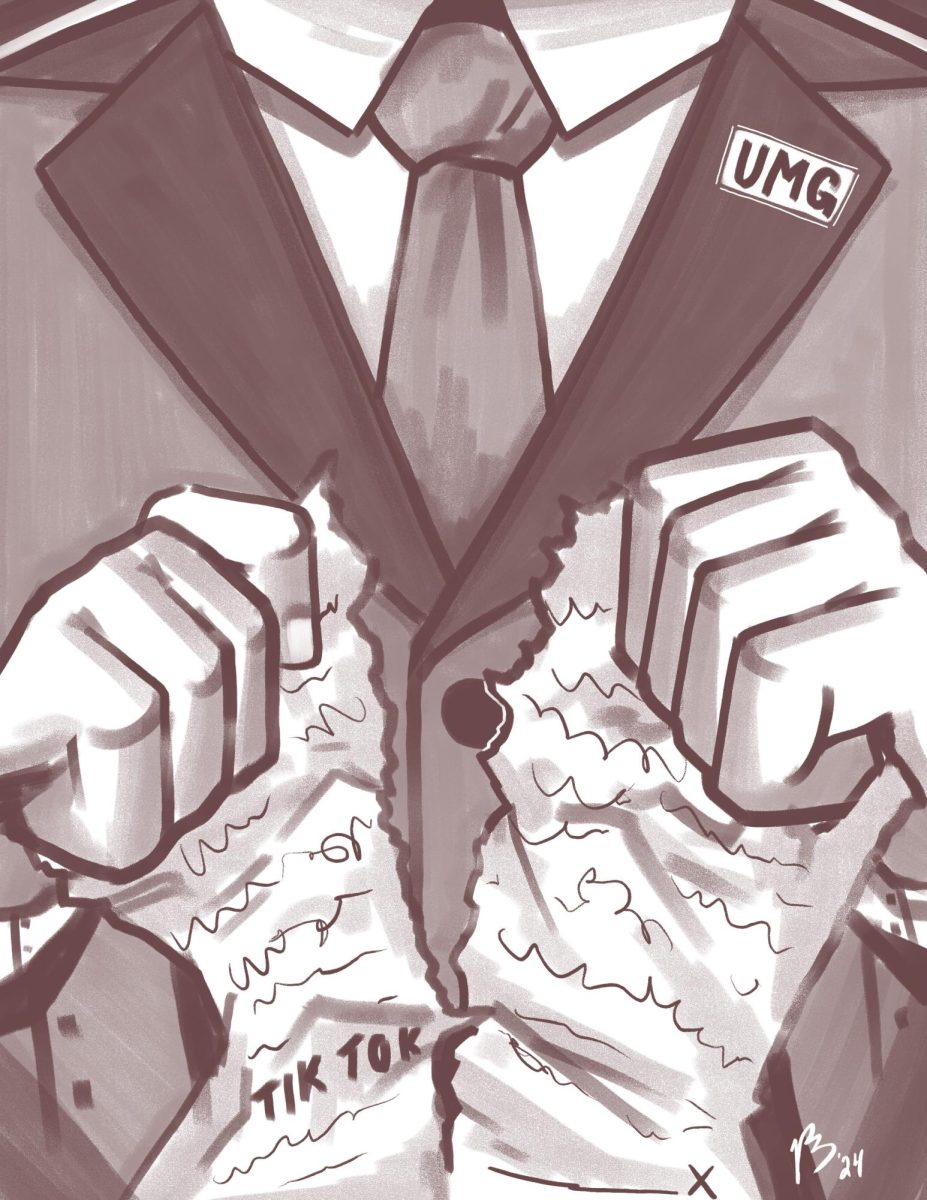The Associated Press
The Joplin Globe, Aug. 11
Keep money out:
You can say one thing about St. Louis billionaire Rex Sinquefield: He puts his money where his mouth is.
Sinquefield promised he would oppose Missouri legislators who didn’t vote his tax-cut agenda.
And he did. But in this past week’s primary, his money didn’t pay off, even though he sunk more than $500,000 into four Missouri House races.
We consider that a big win for Missourians, by the way, as we deplore his checkbook approach to legislation.
Four Republican House members — Reps. Jeff Messenger of Republic, Paul Fitzwater of Potosi, Nate Walker of Kirksville and Lyle Rowland of Cedar Creek — were all re-elected Tuesday despite a campaign against them run with Sinquefield’s money through the Club for Growth PAC. Last year, Sinquefield targeted Republican legislators who voted to sustain Gov. Jay Nixon’s veto of a tax cut proposal.
These legislators said they didn’t vote against the governor’s veto because they weren’t comfortable with the bill and thought it would be better to go back to drawing board in January. They did that and then voted for a different model of the $620 million tax cut.
Sinquefield and his PAC made threats against legislators before last fall’s vote, promising they would run candidates against those who didn’t vote Sinquefield’s way. At that time, we made it known that legislators are accountable to the residents of districts, and that’s who they should represent — not the guy with the deepest pockets.
We still feel the same way today. But we wonder with all the money floating around just how much longer good legislators can remain true to their constituents.
Sinquefield’s money is just one example of why Missouri needs campaign contribution limits. Special interests should not control elections.
That job, in our opinion, still belongs to the voters.
___
St. Louis Post-Dispatch, Aug. 9
It’s time to go big: Rebuild Missouri
There is a path forward for those gloomy contractors and union workers who saw their dream of a statewide tax to fund new roads collapse on Tuesday night like a shard of broken concrete falling on a school bus. But first they need to re-focus.
As soon as it was clear that Amendment 7 would lose badly, its supporters saw a totaled vehicle ready for the scrap heap.
“I doubt if many of the state legislators are going to have much of a desire to put a lot of energy into putting something on the ballot anytime soon when you see this sort of result,” said Len Toenges, president of the Associated General Contractors of St. Louis.
Amendment 7 would have imposed a 3/4-cent sales tax on people who can’t afford the hit to pay for new highways damaged by truckers who wouldn’t have to pay. That’s a big reason why it lost.
The backers of Amendment 7 blew it when they decided to limit legislative backlash instead of building a real statewide coalition.
They should take a lesson from the very ragtag bunch that defeated them, a small, thoughtful group of potential allies, including Les Sterman, the former executive director of the East-West Gateway Council of Governments and Thomas Shrout, the former head of Citizens for Modern Transit.
Mssrs. Sterman and Shrout (along with former Post-Dispatch reporter Terry Ganey), defeated this bad tax idea with the same strategy they used to pass a better one just four years ago. They built a coalition.
In 2010, amid the worst recession this generation has known, Mr. Sterman and Mr. Shrout helped pass a sales-tax hike for the Metro transit system in St. Louis, cobbling together a coalition of universities, students, business leaders, unions, faith leaders, hospitals, urbanites and suburbanites.
It was a stunning victory.
The record shows that Missouri voters will increase their taxes when the tax is fair, when the facts are presented to them fairly and when they believe they are investing in something important.
To wit: On Tuesday, a variety of smaller elections were conducted across the state in which voters raised taxes for local schools, for fire districts and for local capital development projects.
Sure, passing a statewide tax is more difficult, but it is made next to impossible when you try to build support for the wrong tax to pay for misplaced priorities, and then you run a campaign that treats voters like they’re stupid.
PUT SCHOOLS FIRST
Those who believe Missouri is facing a transportation funding crisis shouldn’t give up. They should look to the solution that was staring them in the face the whole time:
Schoolchildren.
Rather than using them as a prop in a dishonest campaign, it’s time for contractors and unions and transit supporters to build a coalition with the state’s most important piece of underfunded human infrastructure: its kids.
Here’s how one of Missouri’s most respected statesmen, state Rep. Chris Kelly, D-Columbia, put it after Amendment 7 failed: “This morning we still have an unsolved road problem,” he wrote on Twitter. “It may be worth considering our entire infrastructure, including education.”
The state’s top need, more than highways, more than business incentives, more than any of the things the Legislature wastes its time on, is better funding for schools, from early-childhood education to its state universities. All are underfunded.
The road to better highways and more construction jobs might need a detour, with contractors and the building trades union first asking educators what they can do to help ease their more important shortfalls, such as the $500 million or so the state needs just to properly fund its K-12 funding formula.
Building a massive and powerful coalition between transportation and education constituencies is possible. In fact, a group of big thinkers and power brokers held a meeting in St. Louis, not long before lawmakers decided to go forward with the ill-fated Amendment 7, and brainstormed on what it would take to unite the state behind those things that Missouri used to invest in, like schools and roads. This group knew that the funding strategies would have to be big enough to match their thinking.
Here’s the key: There is capacity in Missouri’s ability to invest in its future. Hidden away in an annual state audit released in June is this tidbit: Missouri’s state government revenue is $3.6 billion below the threshold that would require refunds to taxpayers under the Hancock Amendment.
Yes, that’s billion with a B. That’s $3.6 billion that Missouri is leaving on the table without having to increase its state tax burden higher than it was more than 30 years ago.
In 1980, in an effort to limit the growth of government, Missourians passed the Hancock Amendment, which says that the state cannot collect more than 5.6 percent of Missourians’ personal income. Since 1999, due in part to follow up amendments that limit the Legislature’s ability to make up for revenue lost during recessionary times, Missouri’s never come close to that threshold. Every time Missouri hits a rough patch, as it did between 2001-03 and again in 2008-10, the state falls further behind and creates a hole it can’t climb out of without voters coming to the rescue.
Given the leadership and political will, the right combination of tax hikes and reforms could be found to peel off some of that $3.6 billion. Missouri could fund its schools, its colleges, its roads and its public parks and buildings, creating billions of dollars’ worth of economic activity, and still have a lower effective state tax rate than it had in 1981. This, not tax cuts for the wealthy, would create jobs and economic development.
HOPE FOR THE FUTURE
Despite the Amendment 7 defeat, there is hope in Tuesday’s election for those who wonder if Missourians will ever rally around a statewide tax hike.
Four rural House Republicans beat back serious challenges from candidates funded with hundreds of thousands of dollars in donations from Rex Sinquefield, the retired St. Louis investor who has spent millions of dollars trying to convince lawmakers to cut taxes and damage public schools.
With the help of educators, with nothing like his funding, rural Republicans fought back against King Rex and won.
That’s one motivated piece of the coalition waiting to be led.
It’s roughly the same coalition Gov. Jay Nixon organized each of the past two summers to rally support for his vetoes of tax-cut measures demanded by Mr. Sinquefield and passed by his compliant Legislature.
The time has come to turn that coalition into something more than a summer road show. Those who want to build Missouri’s future must stop playing defense. They must form a powerful coalition that demands attention. It’s time to demand that the St. Louis business community that claims education is its top goal put its money where its mouth is.
It’s time to use the roads and schools that connect us to break down the traditional rural-urban divide. It’s time to unite behind a common and righteous cause.
Amendment 7 supporters thought small and lost.
It’s time to go big. It’s time to Rebuild Missouri.
___
Springfield News-Leader, Aug. 6
Tax breaks cost too much:
About a month ago we called out the governor for not showing his work on his estimates for how much money the last-minute tax-break bills in the legislature would cost counties and cities.
The city of Springfield has now done that work — and the results don’t look good.
Gov. Jay Nixon met with the City Council on Aug. 4 to talk about the bills and the fiscal impact and to encourage council members to lobby legislators to allow the governor’s vetoes of the bills to stand.
We don’t know how effective Nixon’s visit was, but the city’s own research appears to have been convincing, because the City Council voted unanimously that same night to urge lawmakers not to force the tax breaks into law over the governor’s vetoes.
The city’s analysis estimates the impact to general revenue at $3.2 million, with further reductions to the pension sales tax and the 911 sales tax.
Springfield cannot absorb that kind of revenue hit.
Fire Chief David Hall and Police Chief Paul Williams put the ultimate cost into perspective. Hall explained that $3.2 million is the equivalent of 41 firefighters. Williams said that amount of money would pay for 42 police officers.
While we understand that no single department would have to absorb the total amount, those numbers are startling.
At the same time that the city is facing such massive revenue cuts, council members are struggling to find a way to add police officers — not cut them.
The city also estimates the tax breaks would mean a loss of $2.4 million annually from the police-fire pension sales tax. Springfield voters just approved extending that tax in order to fully fund those pensions. Such a revenue hit would mean those plans would take twice as long.
Greene County also did its homework on the impact of the tax breaks, putting it at $4 million annually. The county is struggling to keep services at current levels already. Such a loss would be devastating.
The tax-break bills contain some important changes, such as Rep. Bob Dixon’s Senate Bill 584 that targets taxes on fitness centers, but last-minute changes and additions to all the bills meant that bills were passed that had a much wider range of impact. There were no revenue analyses done on the final bills and no debate on the floor.
There has now been plenty of revenue analysis, both on the state and local levels, as well as by industry groups. We encourage our legislators to look at all those analyses seriously and consider what the bills would mean to our communities.
Then, we encourage them to vote against veto overrides.
___
St. Joseph News-Press, Aug. 10
Turbines due close review:
Mill Creek wind farm has the potential to be more than the largest wind farm in Missouri. It also could be disruptive to migratory birds and impact the Squaw Creek National Wildlife Refuge.
Element Power of Portland, Ore., which is developing Mill Creek, proposes erecting more than 100 wind turbines in a 30,000-acre area in Holt County. The project area lies east of Squaw Creek between seven conservation areas.
This part of our region is a vibrant bird conservation area, with about 300 different species of birds annually flying through the refuge. Bald eagles and waterfowl are among the annual visitors.
Rotating wind turbines could cause trouble for these birds and native bats. Conservation groups have raised formal complaints, saying they are worried the wildlife could be killed or would have to change flight patterns to adapt.
Raising the flag of the Endangered Species Act is a contentious issue in Holt County, which has been hard hit by flooding and river management issues of the Missouri River related to species protection. The wind farm could bring economic vitality to the county, projecting to hire 300 workers during construction, with 12 to 14 permanent jobs created once it is operating. Local landowners would profit from having a turbine on their property.
These gains, however, must be balanced against potential losses. Squaw Creek and hunting bring thousands of visitors to the county each year. Forfeiting those benefits through a decrease in bird populations could end up costing more than the wind farm would generate.
The Midland Empire has welcomed several wind farms in recent years. Still, it’s a reasonable argument that more study of the turbines’ impact on wildlife is needed before erecting the state’s largest project in close proximity to the refuge.
The U.S. Fish and Wildlife Service has announced it will accept public comment on revising rules related to permits for wind turbine development. The rules are expected to create more oversight for wind farm developers, something clearly needed in instances such as this one where government is limited in what it can do to influence the placement of turbines proposed for private property.
The impact of Mill Creek could be huge — both positive and negative — and it’s past time for those involved to recognize that not just the private property owners have a stake in this decision. Our thoughts are with Holt County citizens as they weigh the potential consequences of the development in the near and long term.
You can say one thing about St. Louis billionaire Rex Sinquefield: He puts his money where his mouth is.
Sinquefield promised he would oppose Missouri legislators who didn’t vote his tax-cut agenda.
And he did. But in this past week’s primary, his money didn’t pay off, even though he sunk more than $500,000 into four Missouri House races.
We consider that a big win for Missourians, by the way, as we deplore his checkbook approach to legislation.
Four Republican House members — Reps. Jeff Messenger of Republic, Paul Fitzwater of Potosi, Nate Walker of Kirksville and Lyle Rowland of Cedar Creek — were all re-elected Tuesday despite a campaign against them run with Sinquefield’s money through the Club for Growth PAC. Last year, Sinquefield targeted Republican legislators who voted to sustain Gov. Jay Nixon’s veto of a tax cut proposal.
These legislators said they didn’t vote against the governor’s veto because they weren’t comfortable with the bill and thought it would be better to go back to drawing board in January. They did that and then voted for a different model of the $620 million tax cut.
Sinquefield and his PAC made threats against legislators before last fall’s vote, promising they would run candidates against those who didn’t vote Sinquefield’s way. At that time, we made it known that legislators are accountable to the residents of districts, and that’s who they should represent — not the guy with the deepest pockets.
We still feel the same way today. But we wonder with all the money floating around just how much longer good legislators can remain true to their constituents.
Sinquefield’s money is just one example of why Missouri needs campaign contribution limits. Special interests should not control elections.
That job, in our opinion, still belongs to the voters.
___
St. Louis Post-Dispatch, Aug. 9
It’s time to go big: Rebuild Missouri
There is a path forward for those gloomy contractors and union workers who saw their dream of a statewide tax to fund new roads collapse on Tuesday night like a shard of broken concrete falling on a school bus. But first they need to re-focus.
As soon as it was clear that Amendment 7 would lose badly, its supporters saw a totaled vehicle ready for the scrap heap.
“I doubt if many of the state legislators are going to have much of a desire to put a lot of energy into putting something on the ballot anytime soon when you see this sort of result,” said Len Toenges, president of the Associated General Contractors of St. Louis.
Amendment 7 would have imposed a 3/4-cent sales tax on people who can’t afford the hit to pay for new highways damaged by truckers who wouldn’t have to pay. That’s a big reason why it lost.
The backers of Amendment 7 blew it when they decided to limit legislative backlash instead of building a real statewide coalition.
They should take a lesson from the very ragtag bunch that defeated them, a small, thoughtful group of potential allies, including Les Sterman, the former executive director of the East-West Gateway Council of Governments and Thomas Shrout, the former head of Citizens for Modern Transit.
Mssrs. Sterman and Shrout (along with former Post-Dispatch reporter Terry Ganey), defeated this bad tax idea with the same strategy they used to pass a better one just four years ago. They built a coalition.
In 2010, amid the worst recession this generation has known, Mr. Sterman and Mr. Shrout helped pass a sales-tax hike for the Metro transit system in St. Louis, cobbling together a coalition of universities, students, business leaders, unions, faith leaders, hospitals, urbanites and suburbanites.
It was a stunning victory.
The record shows that Missouri voters will increase their taxes when the tax is fair, when the facts are presented to them fairly and when they believe they are investing in something important.
To wit: On Tuesday, a variety of smaller elections were conducted across the state in which voters raised taxes for local schools, for fire districts and for local capital development projects.
Sure, passing a statewide tax is more difficult, but it is made next to impossible when you try to build support for the wrong tax to pay for misplaced priorities, and then you run a campaign that treats voters like they’re stupid.
PUT SCHOOLS FIRST
Those who believe Missouri is facing a transportation funding crisis shouldn’t give up. They should look to the solution that was staring them in the face the whole time:
Schoolchildren.
Rather than using them as a prop in a dishonest campaign, it’s time for contractors and unions and transit supporters to build a coalition with the state’s most important piece of underfunded human infrastructure: its kids.
Here’s how one of Missouri’s most respected statesmen, state Rep. Chris Kelly, D-Columbia, put it after Amendment 7 failed: “This morning we still have an unsolved road problem,” he wrote on Twitter. “It may be worth considering our entire infrastructure, including education.”
The state’s top need, more than highways, more than business incentives, more than any of the things the Legislature wastes its time on, is better funding for schools, from early-childhood education to its state universities. All are underfunded.
The road to better highways and more construction jobs might need a detour, with contractors and the building trades union first asking educators what they can do to help ease their more important shortfalls, such as the $500 million or so the state needs just to properly fund its K-12 funding formula.
Building a massive and powerful coalition between transportation and education constituencies is possible. In fact, a group of big thinkers and power brokers held a meeting in St. Louis, not long before lawmakers decided to go forward with the ill-fated Amendment 7, and brainstormed on what it would take to unite the state behind those things that Missouri used to invest in, like schools and roads. This group knew that the funding strategies would have to be big enough to match their thinking.
Here’s the key: There is capacity in Missouri’s ability to invest in its future. Hidden away in an annual state audit released in June is this tidbit: Missouri’s state government revenue is $3.6 billion below the threshold that would require refunds to taxpayers under the Hancock Amendment.
Yes, that’s billion with a B. That’s $3.6 billion that Missouri is leaving on the table without having to increase its state tax burden higher than it was more than 30 years ago.
In 1980, in an effort to limit the growth of government, Missourians passed the Hancock Amendment, which says that the state cannot collect more than 5.6 percent of Missourians’ personal income. Since 1999, due in part to follow up amendments that limit the Legislature’s ability to make up for revenue lost during recessionary times, Missouri’s never come close to that threshold. Every time Missouri hits a rough patch, as it did between 2001-03 and again in 2008-10, the state falls further behind and creates a hole it can’t climb out of without voters coming to the rescue.
Given the leadership and political will, the right combination of tax hikes and reforms could be found to peel off some of that $3.6 billion. Missouri could fund its schools, its colleges, its roads and its public parks and buildings, creating billions of dollars’ worth of economic activity, and still have a lower effective state tax rate than it had in 1981. This, not tax cuts for the wealthy, would create jobs and economic development.
HOPE FOR THE FUTURE
Despite the Amendment 7 defeat, there is hope in Tuesday’s election for those who wonder if Missourians will ever rally around a statewide tax hike.
Four rural House Republicans beat back serious challenges from candidates funded with hundreds of thousands of dollars in donations from Rex Sinquefield, the retired St. Louis investor who has spent millions of dollars trying to convince lawmakers to cut taxes and damage public schools.
With the help of educators, with nothing like his funding, rural Republicans fought back against King Rex and won.
That’s one motivated piece of the coalition waiting to be led.
It’s roughly the same coalition Gov. Jay Nixon organized each of the past two summers to rally support for his vetoes of tax-cut measures demanded by Mr. Sinquefield and passed by his compliant Legislature.
The time has come to turn that coalition into something more than a summer road show. Those who want to build Missouri’s future must stop playing defense. They must form a powerful coalition that demands attention. It’s time to demand that the St. Louis business community that claims education is its top goal put its money where its mouth is.
It’s time to use the roads and schools that connect us to break down the traditional rural-urban divide. It’s time to unite behind a common and righteous cause.
Amendment 7 supporters thought small and lost.
It’s time to go big. It’s time to Rebuild Missouri.
___
Springfield News-Leader, Aug. 6
Tax breaks cost too much:
About a month ago we called out the governor for not showing his work on his estimates for how much money the last-minute tax-break bills in the legislature would cost counties and cities.
The city of Springfield has now done that work — and the results don’t look good.
Gov. Jay Nixon met with the City Council on Aug. 4 to talk about the bills and the fiscal impact and to encourage council members to lobby legislators to allow the governor’s vetoes of the bills to stand.
We don’t know how effective Nixon’s visit was, but the city’s own research appears to have been convincing, because the City Council voted unanimously that same night to urge lawmakers not to force the tax breaks into law over the governor’s vetoes.
The city’s analysis estimates the impact to general revenue at $3.2 million, with further reductions to the pension sales tax and the 911 sales tax.
Springfield cannot absorb that kind of revenue hit.
Fire Chief David Hall and Police Chief Paul Williams put the ultimate cost into perspective. Hall explained that $3.2 million is the equivalent of 41 firefighters. Williams said that amount of money would pay for 42 police officers.
While we understand that no single department would have to absorb the total amount, those numbers are startling.
At the same time that the city is facing such massive revenue cuts, council members are struggling to find a way to add police officers — not cut them.
The city also estimates the tax breaks would mean a loss of $2.4 million annually from the police-fire pension sales tax. Springfield voters just approved extending that tax in order to fully fund those pensions. Such a revenue hit would mean those plans would take twice as long.
Greene County also did its homework on the impact of the tax breaks, putting it at $4 million annually. The county is struggling to keep services at current levels already. Such a loss would be devastating.
The tax-break bills contain some important changes, such as Rep. Bob Dixon’s Senate Bill 584 that targets taxes on fitness centers, but last-minute changes and additions to all the bills meant that bills were passed that had a much wider range of impact. There were no revenue analyses done on the final bills and no debate on the floor.
There has now been plenty of revenue analysis, both on the state and local levels, as well as by industry groups. We encourage our legislators to look at all those analyses seriously and consider what the bills would mean to our communities.
Then, we encourage them to vote against veto overrides.
___
St. Joseph News-Press, Aug. 10
Turbines due close review:
Mill Creek wind farm has the potential to be more than the largest wind farm in Missouri. It also could be disruptive to migratory birds and impact the Squaw Creek National Wildlife Refuge.
Element Power of Portland, Ore., which is developing Mill Creek, proposes erecting more than 100 wind turbines in a 30,000-acre area in Holt County. The project area lies east of Squaw Creek between seven conservation areas.
This part of our region is a vibrant bird conservation area, with about 300 different species of birds annually flying through the refuge. Bald eagles and waterfowl are among the annual visitors.
Rotating wind turbines could cause trouble for these birds and native bats. Conservation groups have raised formal complaints, saying they are worried the wildlife could be killed or would have to change flight patterns to adapt.
Raising the flag of the Endangered Species Act is a contentious issue in Holt County, which has been hard hit by flooding and river management issues of the Missouri River related to species protection. The wind farm could bring economic vitality to the county, projecting to hire 300 workers during construction, with 12 to 14 permanent jobs created once it is operating. Local landowners would profit from having a turbine on their property.
These gains, however, must be balanced against potential losses. Squaw Creek and hunting bring thousands of visitors to the county each year. Forfeiting those benefits through a decrease in bird populations could end up costing more than the wind farm would generate.
The Midland Empire has welcomed several wind farms in recent years. Still, it’s a reasonable argument that more study of the turbines’ impact on wildlife is needed before erecting the state’s largest project in close proximity to the refuge.
The U.S. Fish and Wildlife Service has announced it will accept public comment on revising rules related to permits for wind turbine development. The rules are expected to create more oversight for wind farm developers, something clearly needed in instances such as this one where government is limited in what it can do to influence the placement of turbines proposed for private property.
The impact of Mill Creek could be huge — both positive and negative — and it’s past time for those involved to recognize that not just the private property owners have a stake in this decision. Our thoughts are with Holt County citizens as they weigh the potential consequences of the development in the near and long term.
Story continues below advertisement

